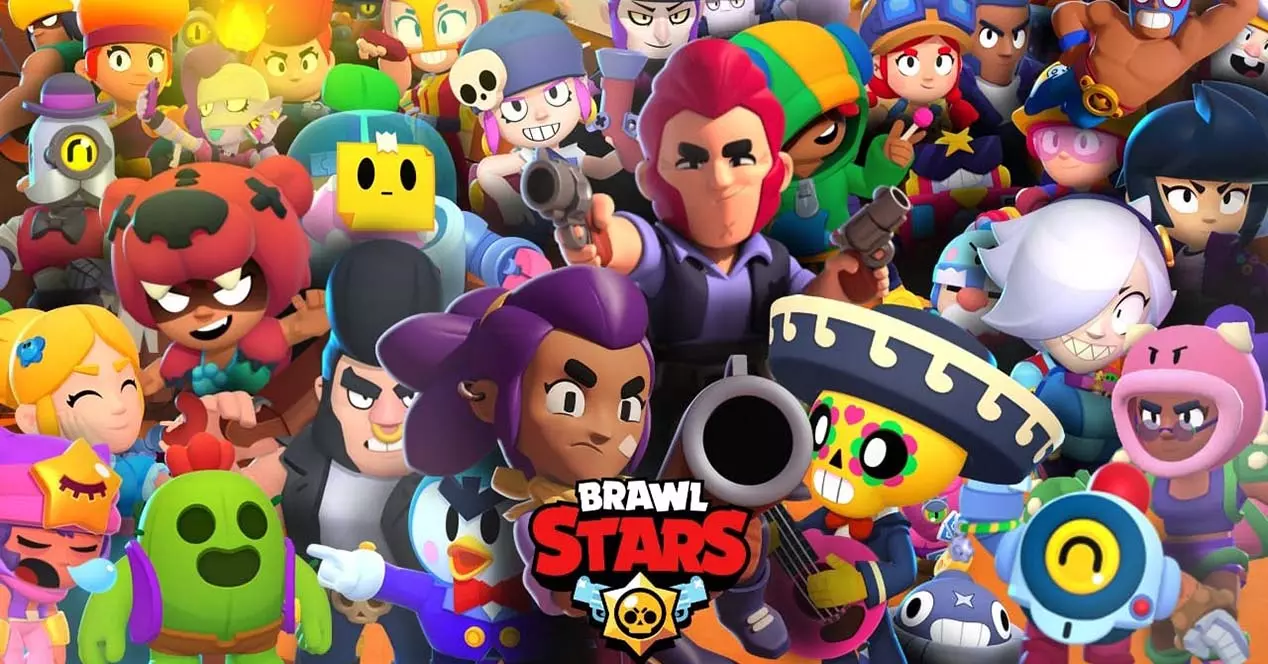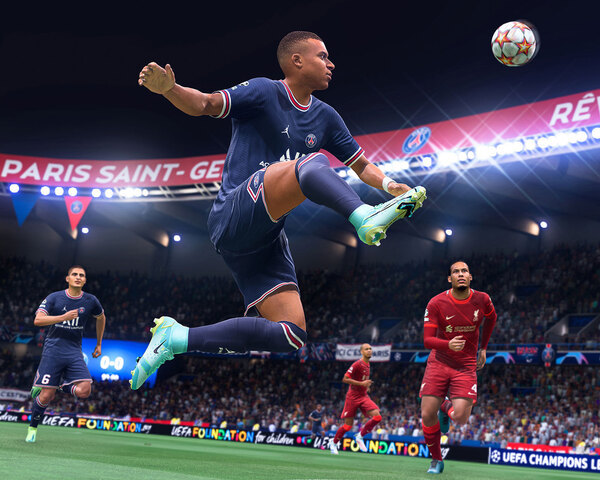Advertisement
Popular Now
Introduction
Geometry Dash challenges players with its fast-paced, rhythm-based gameplay. Among the many obstacles, spikes often stand out as a major hurdle. Timing your jumps to avoid spikes requires precision and rhythm, but mastering this skill can be difficult. In this article, we'll dive into spike-timing mechanics, common issues players face, and practical strategies to improve.
Timing and Rhythm in Geometry Dash
Spike-timing is all about syncing your movements with the game's rhythm. Each level is designed around music, and obstacles like spikes usually match the beat. Early levels offer more room for error, but as you progress, spikes become more frequent and the rhythm speeds up. This makes it harder to time jumps accurately.
[caption id="attachment_1659" align="aligncenter" width="600"] Spike-timing is all about syncing your movements with the game's rhythm[/caption]
Why Spike-Timing Feels So Difficult
Spikes become more challenging in later levels. They are often placed close together or combined with other obstacles like moving platforms. Timing mistakes are unforgiving—one wrong move and you’re back to the start. The game demands precise jumps, making it tough to keep up, especially when obstacles appear faster.
Identifying Spike Patterns
Although spikes seem random, they often follow predictable patterns. Learning these patterns is key to improving your gameplay. Spikes can appear in rows or alternate with blocks, creating a rhythm of their own. By recognizing these formations, players can better anticipate when and how to jump.
Timing or Reaction Speed?
Many players focus solely on reaction speed, but Geometry Dash requires more than that. Success comes from anticipating obstacles, not just reacting in real-time. Memorizing the level layout helps players prepare for spikes ahead of time. This transforms the challenge from a reaction-based test to a pattern-recognition skill.
Techniques for Better Spike-Timing
To get better at spike-timing, focus on these techniques:
Start with easier levels: Replaying early levels helps you practice without overwhelming difficulty.
Use Practice Mode: Place checkpoints to practice difficult sections and avoid restarting constantly.
Sync with music: Pay attention to the rhythm. Most jumps align with the beat, helping you predict spike placements.
Refine jump consistency: Work on making consistent jumps to improve accuracy and control under pressure.
[caption id="attachment_1660" align="aligncenter" width="600"]
Spike-timing is all about syncing your movements with the game's rhythm[/caption]
Why Spike-Timing Feels So Difficult
Spikes become more challenging in later levels. They are often placed close together or combined with other obstacles like moving platforms. Timing mistakes are unforgiving—one wrong move and you’re back to the start. The game demands precise jumps, making it tough to keep up, especially when obstacles appear faster.
Identifying Spike Patterns
Although spikes seem random, they often follow predictable patterns. Learning these patterns is key to improving your gameplay. Spikes can appear in rows or alternate with blocks, creating a rhythm of their own. By recognizing these formations, players can better anticipate when and how to jump.
Timing or Reaction Speed?
Many players focus solely on reaction speed, but Geometry Dash requires more than that. Success comes from anticipating obstacles, not just reacting in real-time. Memorizing the level layout helps players prepare for spikes ahead of time. This transforms the challenge from a reaction-based test to a pattern-recognition skill.
Techniques for Better Spike-Timing
To get better at spike-timing, focus on these techniques:
Start with easier levels: Replaying early levels helps you practice without overwhelming difficulty.
Use Practice Mode: Place checkpoints to practice difficult sections and avoid restarting constantly.
Sync with music: Pay attention to the rhythm. Most jumps align with the beat, helping you predict spike placements.
Refine jump consistency: Work on making consistent jumps to improve accuracy and control under pressure.
[caption id="attachment_1660" align="aligncenter" width="600"] Work on making consistent jumps to improve accuracy and control under pressure.[/caption]
Heavy Spike Levels to Watch Out For
Some levels in Geometry Dash rely heavily on spikes. Knowing which ones pose the biggest challenges helps you mentally prepare. Levels like "Clubstep" and "Theory of Everything" demand precise spike-timing, often requiring players to navigate through tight sections filled with spikes.
Advanced Spike-Timing Challenges
Advanced levels introduce new obstacles like inverted gravity, speed changes, and portals, which complicate spike-timing. These features throw off even experienced players. For instance, inverted gravity forces you to adjust your timing as jumps flip upside down. Speed changes also require quick adaptations, as timing jumps becomes more unpredictable.
Learning from Expert Players
Watching experienced players is a great way to improve. Many pro players post videos where they showcase spike-timing strategies. By observing how they handle challenging sections, you can pick up tips on improving your timing, minimizing unnecessary jumps, and staying composed during difficult parts.
Common Mistakes Players Make
Jumping too early is one of the most common mistakes in Geometry Dash. Players often panic and jump before they should. Ignoring the rhythm is another frequent error. The music serves as a guide, helping you anticipate spikes. Skipping Practice Mode is another misstep-using it helps you master difficult parts without the frustration of constant restarts.
[caption id="attachment_1661" align="aligncenter" width="600"]
Work on making consistent jumps to improve accuracy and control under pressure.[/caption]
Heavy Spike Levels to Watch Out For
Some levels in Geometry Dash rely heavily on spikes. Knowing which ones pose the biggest challenges helps you mentally prepare. Levels like "Clubstep" and "Theory of Everything" demand precise spike-timing, often requiring players to navigate through tight sections filled with spikes.
Advanced Spike-Timing Challenges
Advanced levels introduce new obstacles like inverted gravity, speed changes, and portals, which complicate spike-timing. These features throw off even experienced players. For instance, inverted gravity forces you to adjust your timing as jumps flip upside down. Speed changes also require quick adaptations, as timing jumps becomes more unpredictable.
Learning from Expert Players
Watching experienced players is a great way to improve. Many pro players post videos where they showcase spike-timing strategies. By observing how they handle challenging sections, you can pick up tips on improving your timing, minimizing unnecessary jumps, and staying composed during difficult parts.
Common Mistakes Players Make
Jumping too early is one of the most common mistakes in Geometry Dash. Players often panic and jump before they should. Ignoring the rhythm is another frequent error. The music serves as a guide, helping you anticipate spikes. Skipping Practice Mode is another misstep-using it helps you master difficult parts without the frustration of constant restarts.
[caption id="attachment_1661" align="aligncenter" width="600"] Jumping too early is one of the most common mistakes in Geometry Dash[/caption]
Conclusion
Mastering spike-timing in Geometry Dash takes time and effort. However, by focusing on recognizing patterns, syncing with the music, and practicing in easier levels, players can gradually improve their skills. Spike-timing may be tough, but with patience and persistence, it becomes easier to manage.
Jumping too early is one of the most common mistakes in Geometry Dash[/caption]
Conclusion
Mastering spike-timing in Geometry Dash takes time and effort. However, by focusing on recognizing patterns, syncing with the music, and practicing in easier levels, players can gradually improve their skills. Spike-timing may be tough, but with patience and persistence, it becomes easier to manage.
 Spike-timing is all about syncing your movements with the game's rhythm[/caption]
Why Spike-Timing Feels So Difficult
Spikes become more challenging in later levels. They are often placed close together or combined with other obstacles like moving platforms. Timing mistakes are unforgiving—one wrong move and you’re back to the start. The game demands precise jumps, making it tough to keep up, especially when obstacles appear faster.
Identifying Spike Patterns
Although spikes seem random, they often follow predictable patterns. Learning these patterns is key to improving your gameplay. Spikes can appear in rows or alternate with blocks, creating a rhythm of their own. By recognizing these formations, players can better anticipate when and how to jump.
Timing or Reaction Speed?
Many players focus solely on reaction speed, but Geometry Dash requires more than that. Success comes from anticipating obstacles, not just reacting in real-time. Memorizing the level layout helps players prepare for spikes ahead of time. This transforms the challenge from a reaction-based test to a pattern-recognition skill.
Techniques for Better Spike-Timing
To get better at spike-timing, focus on these techniques:
Start with easier levels: Replaying early levels helps you practice without overwhelming difficulty.
Use Practice Mode: Place checkpoints to practice difficult sections and avoid restarting constantly.
Sync with music: Pay attention to the rhythm. Most jumps align with the beat, helping you predict spike placements.
Refine jump consistency: Work on making consistent jumps to improve accuracy and control under pressure.
[caption id="attachment_1660" align="aligncenter" width="600"]
Spike-timing is all about syncing your movements with the game's rhythm[/caption]
Why Spike-Timing Feels So Difficult
Spikes become more challenging in later levels. They are often placed close together or combined with other obstacles like moving platforms. Timing mistakes are unforgiving—one wrong move and you’re back to the start. The game demands precise jumps, making it tough to keep up, especially when obstacles appear faster.
Identifying Spike Patterns
Although spikes seem random, they often follow predictable patterns. Learning these patterns is key to improving your gameplay. Spikes can appear in rows or alternate with blocks, creating a rhythm of their own. By recognizing these formations, players can better anticipate when and how to jump.
Timing or Reaction Speed?
Many players focus solely on reaction speed, but Geometry Dash requires more than that. Success comes from anticipating obstacles, not just reacting in real-time. Memorizing the level layout helps players prepare for spikes ahead of time. This transforms the challenge from a reaction-based test to a pattern-recognition skill.
Techniques for Better Spike-Timing
To get better at spike-timing, focus on these techniques:
Start with easier levels: Replaying early levels helps you practice without overwhelming difficulty.
Use Practice Mode: Place checkpoints to practice difficult sections and avoid restarting constantly.
Sync with music: Pay attention to the rhythm. Most jumps align with the beat, helping you predict spike placements.
Refine jump consistency: Work on making consistent jumps to improve accuracy and control under pressure.
[caption id="attachment_1660" align="aligncenter" width="600"] Work on making consistent jumps to improve accuracy and control under pressure.[/caption]
Heavy Spike Levels to Watch Out For
Some levels in Geometry Dash rely heavily on spikes. Knowing which ones pose the biggest challenges helps you mentally prepare. Levels like "Clubstep" and "Theory of Everything" demand precise spike-timing, often requiring players to navigate through tight sections filled with spikes.
Advanced Spike-Timing Challenges
Advanced levels introduce new obstacles like inverted gravity, speed changes, and portals, which complicate spike-timing. These features throw off even experienced players. For instance, inverted gravity forces you to adjust your timing as jumps flip upside down. Speed changes also require quick adaptations, as timing jumps becomes more unpredictable.
Learning from Expert Players
Watching experienced players is a great way to improve. Many pro players post videos where they showcase spike-timing strategies. By observing how they handle challenging sections, you can pick up tips on improving your timing, minimizing unnecessary jumps, and staying composed during difficult parts.
Common Mistakes Players Make
Jumping too early is one of the most common mistakes in Geometry Dash. Players often panic and jump before they should. Ignoring the rhythm is another frequent error. The music serves as a guide, helping you anticipate spikes. Skipping Practice Mode is another misstep-using it helps you master difficult parts without the frustration of constant restarts.
[caption id="attachment_1661" align="aligncenter" width="600"]
Work on making consistent jumps to improve accuracy and control under pressure.[/caption]
Heavy Spike Levels to Watch Out For
Some levels in Geometry Dash rely heavily on spikes. Knowing which ones pose the biggest challenges helps you mentally prepare. Levels like "Clubstep" and "Theory of Everything" demand precise spike-timing, often requiring players to navigate through tight sections filled with spikes.
Advanced Spike-Timing Challenges
Advanced levels introduce new obstacles like inverted gravity, speed changes, and portals, which complicate spike-timing. These features throw off even experienced players. For instance, inverted gravity forces you to adjust your timing as jumps flip upside down. Speed changes also require quick adaptations, as timing jumps becomes more unpredictable.
Learning from Expert Players
Watching experienced players is a great way to improve. Many pro players post videos where they showcase spike-timing strategies. By observing how they handle challenging sections, you can pick up tips on improving your timing, minimizing unnecessary jumps, and staying composed during difficult parts.
Common Mistakes Players Make
Jumping too early is one of the most common mistakes in Geometry Dash. Players often panic and jump before they should. Ignoring the rhythm is another frequent error. The music serves as a guide, helping you anticipate spikes. Skipping Practice Mode is another misstep-using it helps you master difficult parts without the frustration of constant restarts.
[caption id="attachment_1661" align="aligncenter" width="600"] Jumping too early is one of the most common mistakes in Geometry Dash[/caption]
Conclusion
Mastering spike-timing in Geometry Dash takes time and effort. However, by focusing on recognizing patterns, syncing with the music, and practicing in easier levels, players can gradually improve their skills. Spike-timing may be tough, but with patience and persistence, it becomes easier to manage.
Jumping too early is one of the most common mistakes in Geometry Dash[/caption]
Conclusion
Mastering spike-timing in Geometry Dash takes time and effort. However, by focusing on recognizing patterns, syncing with the music, and practicing in easier levels, players can gradually improve their skills. Spike-timing may be tough, but with patience and persistence, it becomes easier to manage. 
















